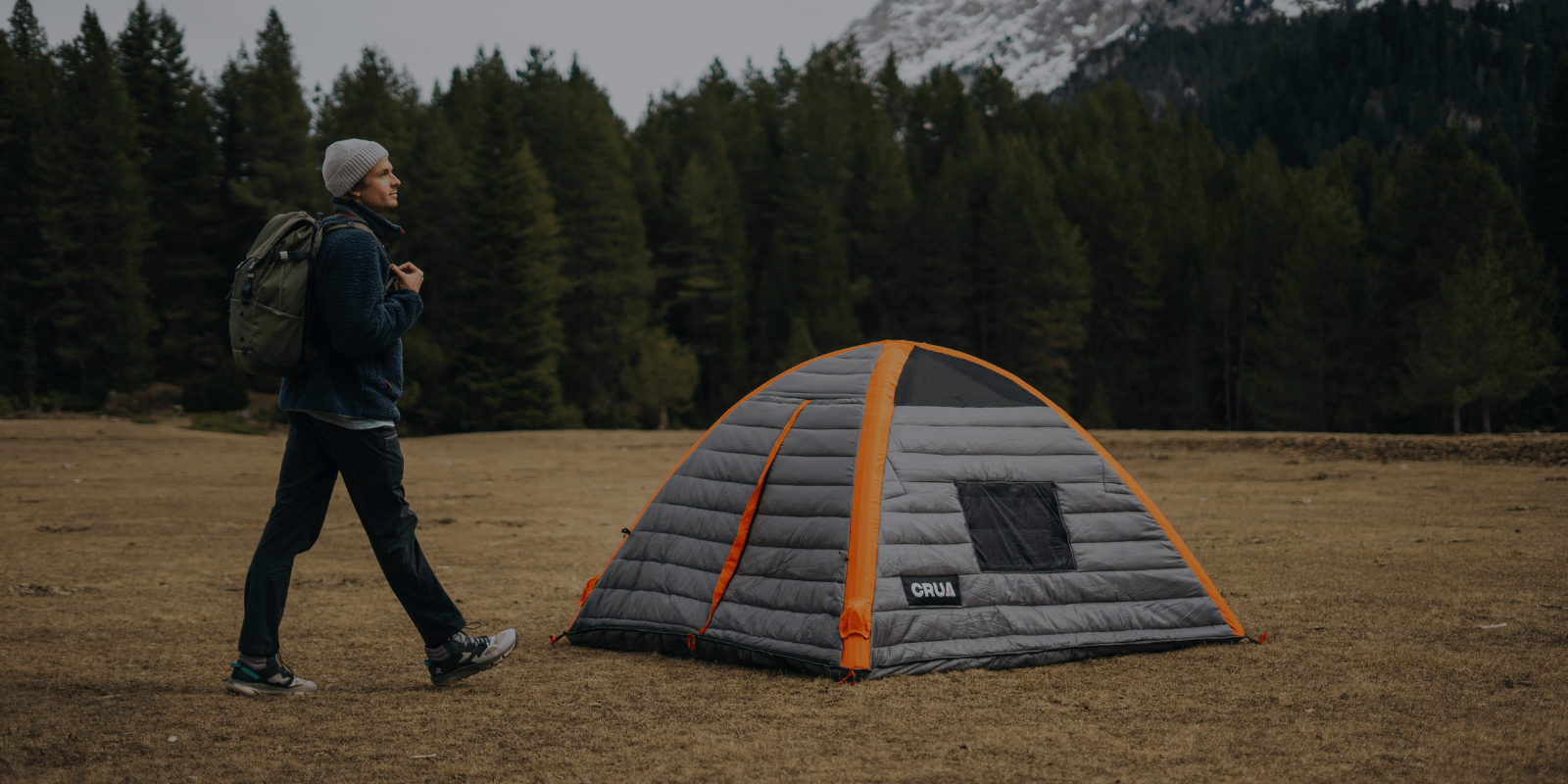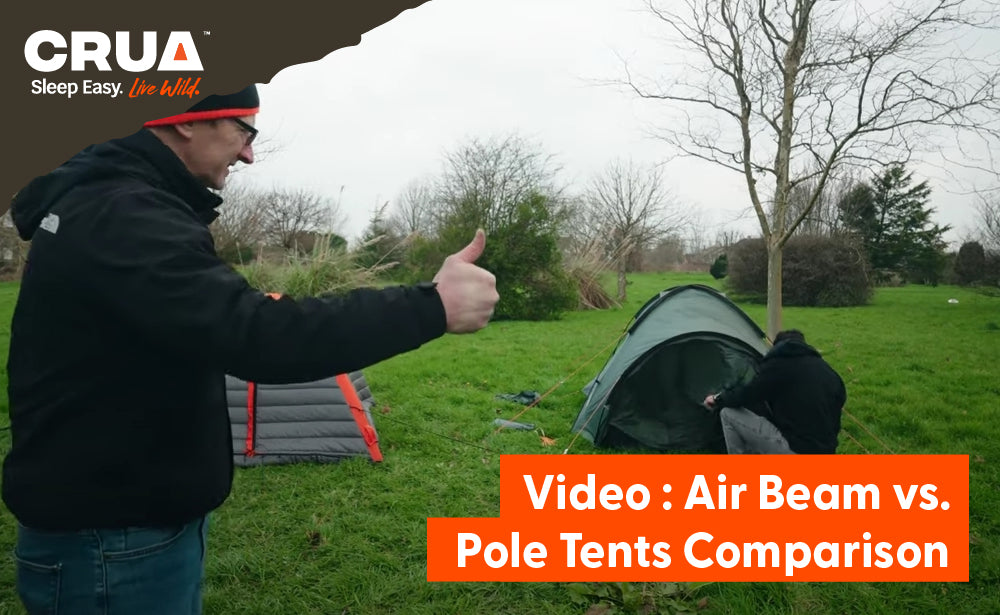Choosing Between Traditional/Pole Tents and Air Beam Tents
Have you ever wondered about the main differences between a traditional rigid frame tent and an inflatable or air beam tent? Today, Dermot and I, are diving into the topic by setting them up side by side and highlighting their unique features in this video, and for a quick synopsis continue reading below!
Structure
The primary distinction between Air Beam and Pole Tents lies in their structure. Inflatable tents use air beam technology, constantly inflating as you pump air into the tubes. Despite common misconceptions, air beam tents are quite durable due to their flexibility and robust materials. On the other hand, traditional tents rely on steel, aluminum, or fiberglass poles. Fiberglass is the most budget-friendly, aluminum strikes a balance between cost and weight, while steel poles are the heaviest.
Weight and Size
Air beam tents tend to be heavier and bulkier due to the air beams and protective covers around them. These additional layers protect against punctures but contribute to bulk. In contrast, traditional tents pack down tighter, making them ideal for backpacking and long trips where space is a premium.
Setup Speed
Now, let’s put their setup speeds to the test. As we rush to pitch them, it’s evident that air beam tents may take a bit longer due to their design complexity. However, with practice, you can master the setup. Watch the video >>
Durability and Performance
In windy conditions, both tents hold up well. While traditional tents offer more rigidity in extreme weather, modern air beam technology has improved significantly. Our internal air beam tent demonstrates its stability even in challenging conditions, highlighting the advancements in tent design.
Cost Considerations
One significant factor to consider is cost. Air beam tents generally come with a higher price tag due to their technology and materials. However, if you value convenience and frequent camping trips, the investment may be worthwhile. For longer stays or budget-conscious campers, traditional tents offer a more economical option.
Final Thoughts
Choosing between a traditional tent and an air beam tent depends on your camping style, budget, and priorities. If lightweight, quick setup, and durability in varied conditions are crucial, consider an air beam tent. For budget-conscious or extended trips where space and weight are less critical, traditional tents remain a reliable choice.
If you have any other camping topics or questions you'd like us to explore, drop a comment below or stay tuned for our next video. Until then, happy camping and sleep easy under the stars! 🌟


















Leave a comment
All comments are moderated before being published.
This site is protected by reCAPTCHA and the Google Privacy Policy and Terms of Service apply.